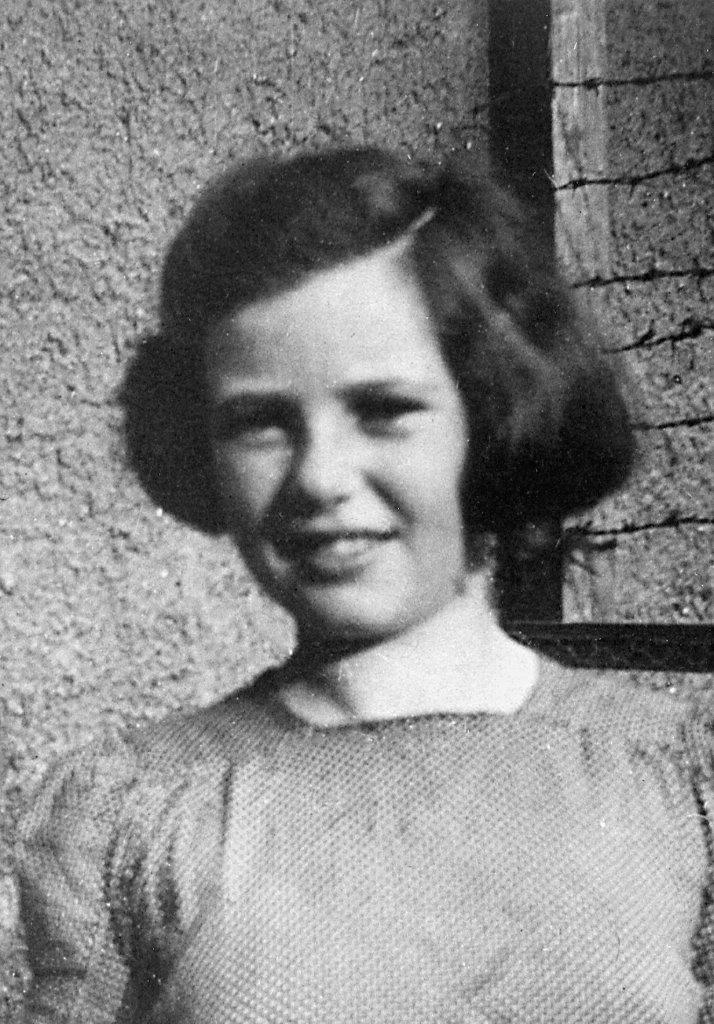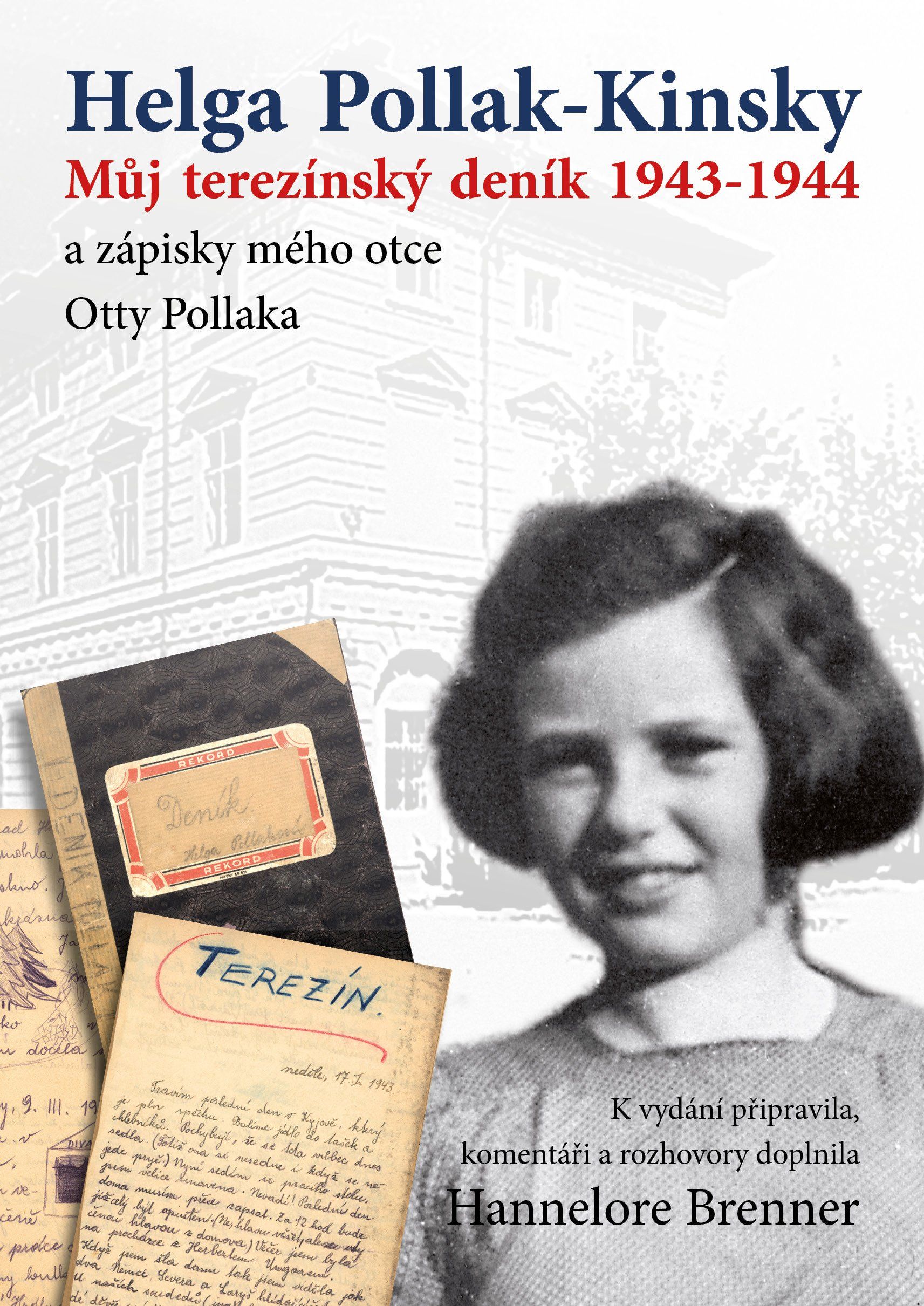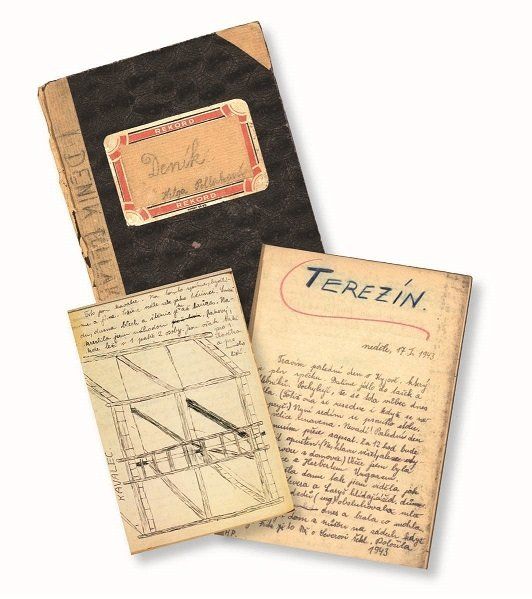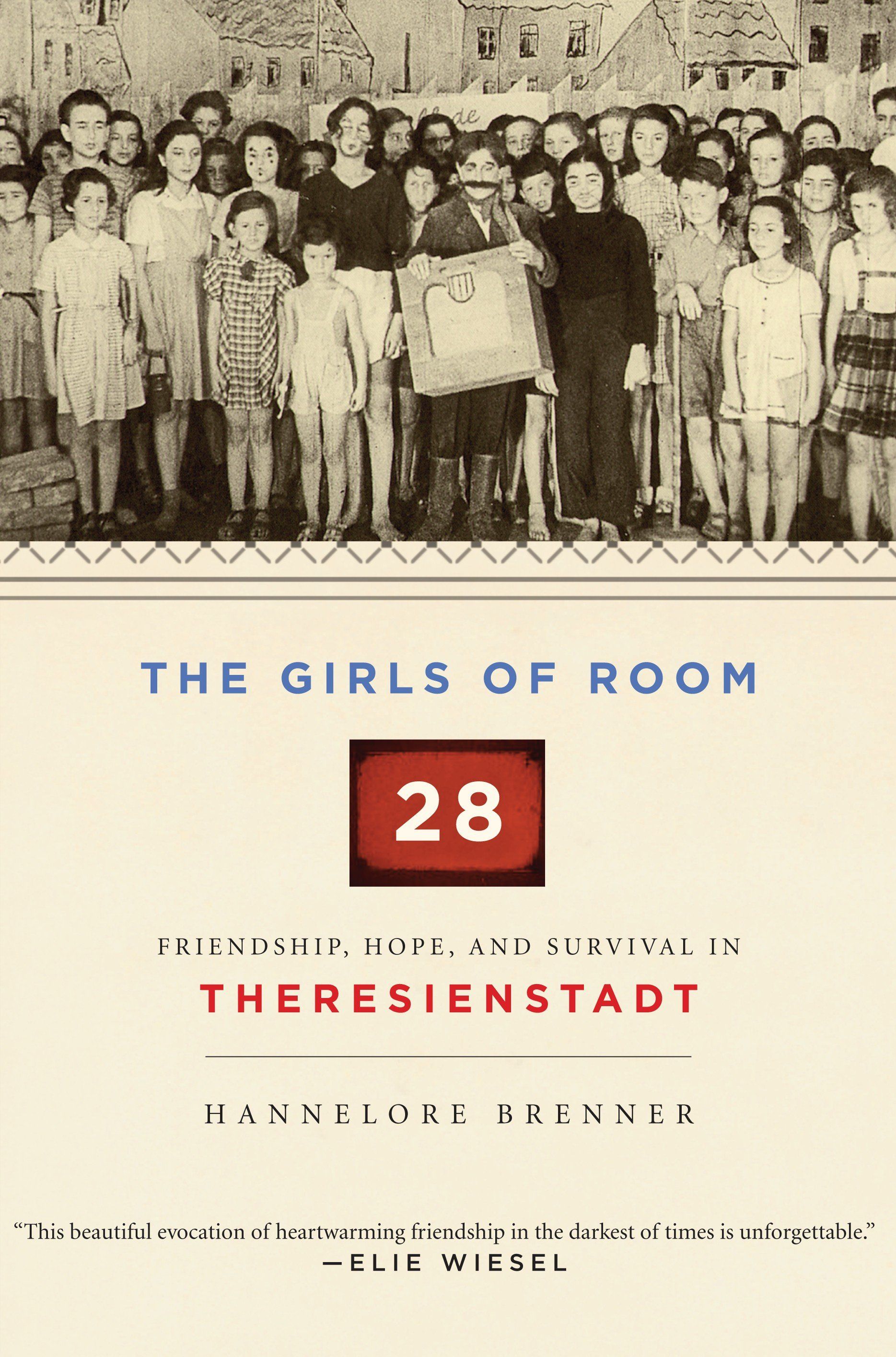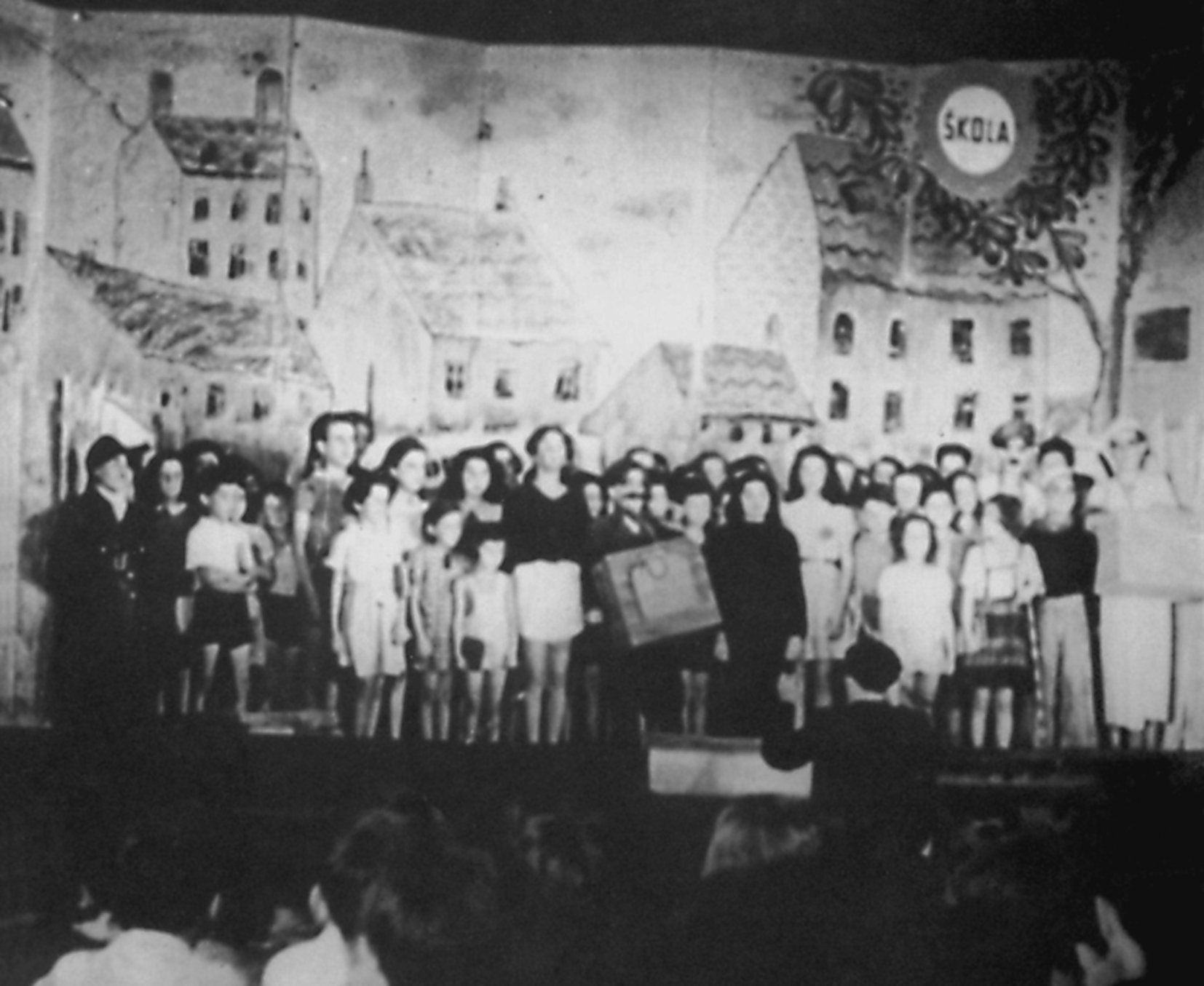The story of young Helga Pollak is a model case of remembering the fate of the European Jewish children during the Holocaust. Her autobiographical notes are comparable to those of Anne Frank. Her story will move many more generations to come.
Peter Gstettner in his Epilogue to the book "Mein Theresienstädter Tagebuch 1943-1933 und die Aufzeichnungen meines Vaters Otto Pollak (My Terezin Diary and the notes of my father Otto Pollak) by Helga Pollak Kinsky.
Helga's Theresienstadt diary is a personal account providing more than just an insight into the world of Room 28. Above all, her notes convey the subjective inner world of a 12-14-year old Jewish girl in Theresienstadt ghetto. Reading Helga's diary, sharing her experiences, reflections and descriptions means coming close to her and getting a better understanding of the life and fate of the children in the ghetto.


